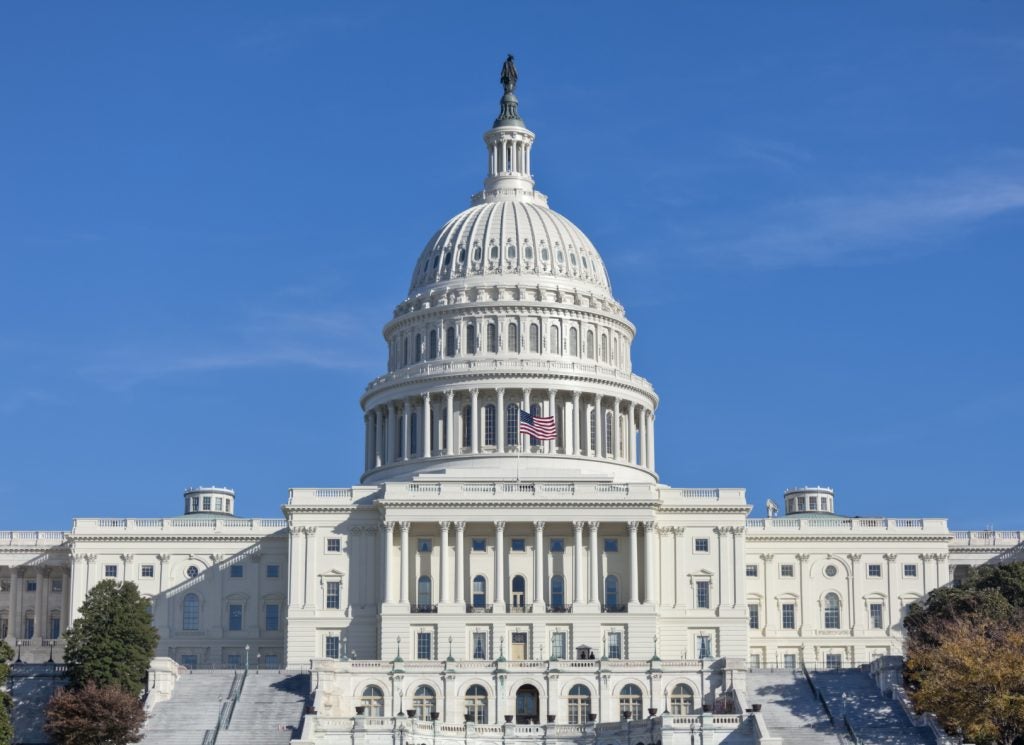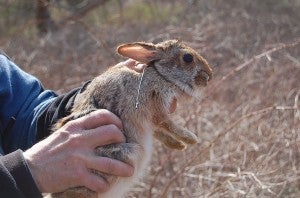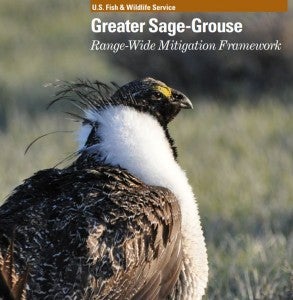The Trump administration has made several attempts to remove science-based decision-making at multiple federal agencies, including those responsible for keeping the American public and our nation’s vital ecosystems healthy.

Photo credit: Gage Skidmore
The latest proposal to insert economic considerations into Endangered Species Act (ESA) decisions is not only illegal – prohibited by the act itself – it’s also a misplaced attempt at incorporating economics where they simply do not belong.
It’s the latest in this administration’s politicization of science and, if successful, will ultimately interfere with efforts to craft durable, realistic solutions to public and ecosystem health. Read More













 On paper, I appear to be the picture perfect stereotype of an east coast liberal: I’ve been working at environmental nonprofits for over 20 years, I’m an Ivy League grad, and I live in the “bluest” county in Virginia. When it comes to first impressions in the world of agriculture, I’ve been met countless times with skepticism and even contempt.
On paper, I appear to be the picture perfect stereotype of an east coast liberal: I’ve been working at environmental nonprofits for over 20 years, I’m an Ivy League grad, and I live in the “bluest” county in Virginia. When it comes to first impressions in the world of agriculture, I’ve been met countless times with skepticism and even contempt.


